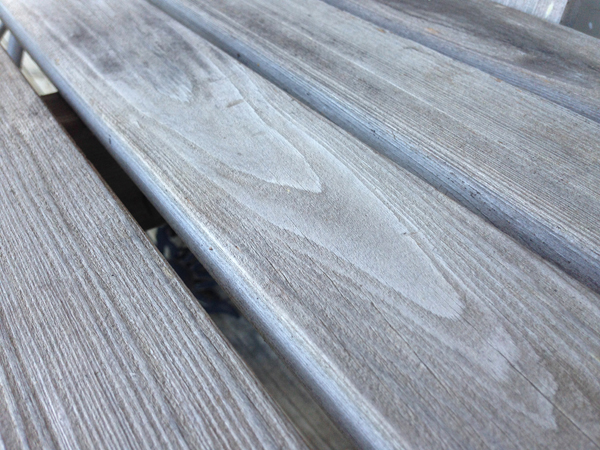
I have and use quite a lot of 4/4 x 6 and x 8 cypress flatsawn, lap-jointed lumber that was installed on my house in 1952 and removed and stored in the dry in 1987 and since. As I plane in, the extremely tall and wide based cathedrals often will peel up or release from the narrow pointed end, sometimes completely separating and leaving a trench to deal with. I’m attempting to plane from both sides and to 3/4 or 5/16 inches. I change the depth of cut on the Foley-Bellsaw planer only one quarter turn at a time. Is there a proper solution to help cure this quandary? – Russell Pitner
Chris Marshall: That is a frustrating problem, Russell. I’ve experienced the same issue with “fresh” cypress, and I think it’s one of the downsides of such a broad-grained softwood. It didn’t happen on my project lumber to the extent that you are experiencing it, but I did see it a couple of times. Is there a chance that your cypress siding was damaged by the sun? UV degradation might be the culprit here. If the grain separation is only happening on the exposed faces of the siding, well, there’s the proof. You say you are “planing from both sides,” which I assume means you are planing from both faces and flipping the boards over each time? So maybe you are seeing this defect happening on both faces of the boards and not just the exposed face? But in case you mean you are trying to plane from one direction, then flipping the defective pieces end-for-end, to correct for possible planing against the grain, that should help, too. Planing against the grain will exacerbate the problem. Wish I had a surefire solution for you! Some pieces of your siding may just be lost to their defects.
Tim Inman: Sorry, it is just the nature of the wood. Extra sharp knives, small cuts, multiple passes — and then you might still get the “peeling” effect.





